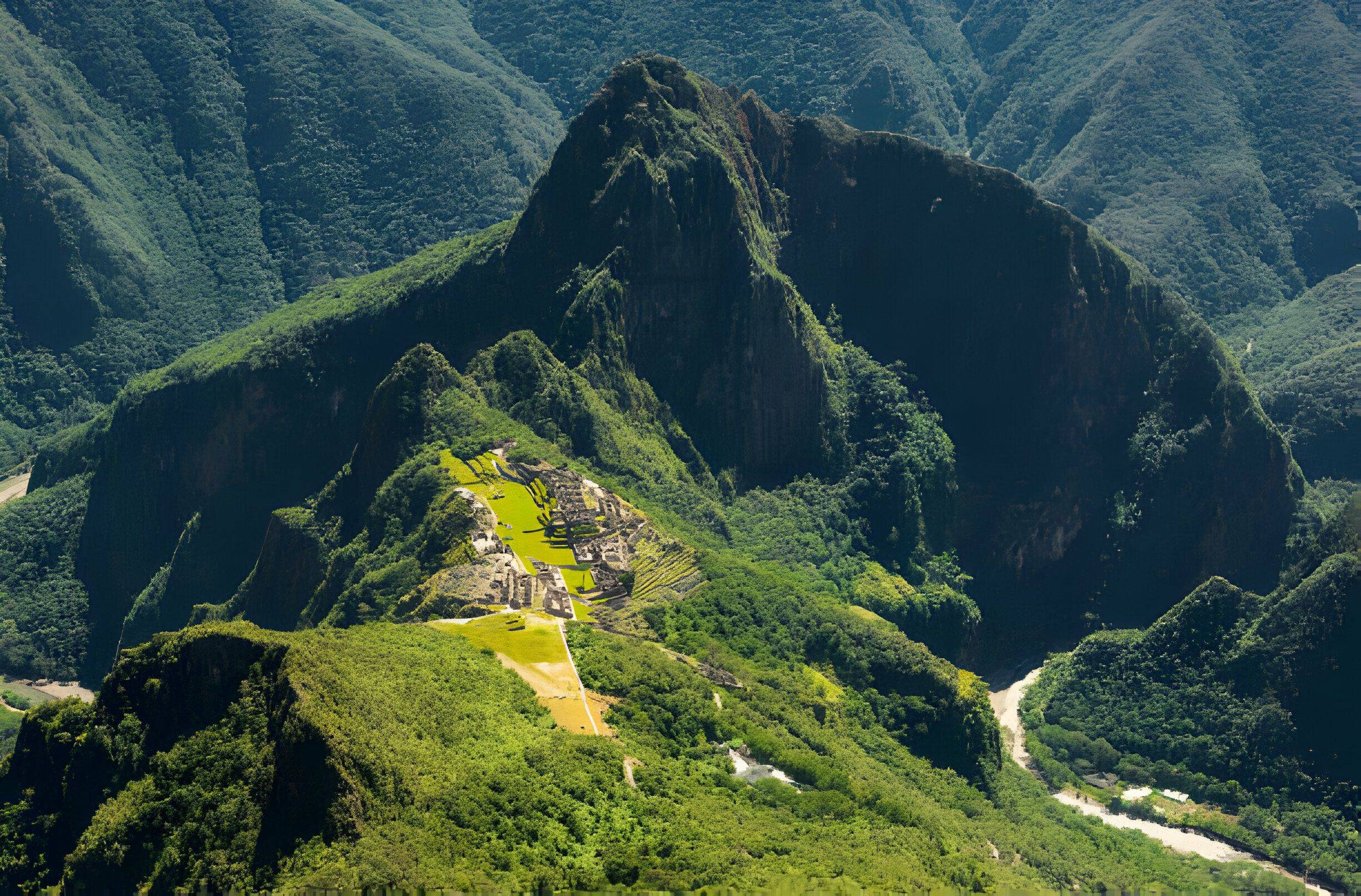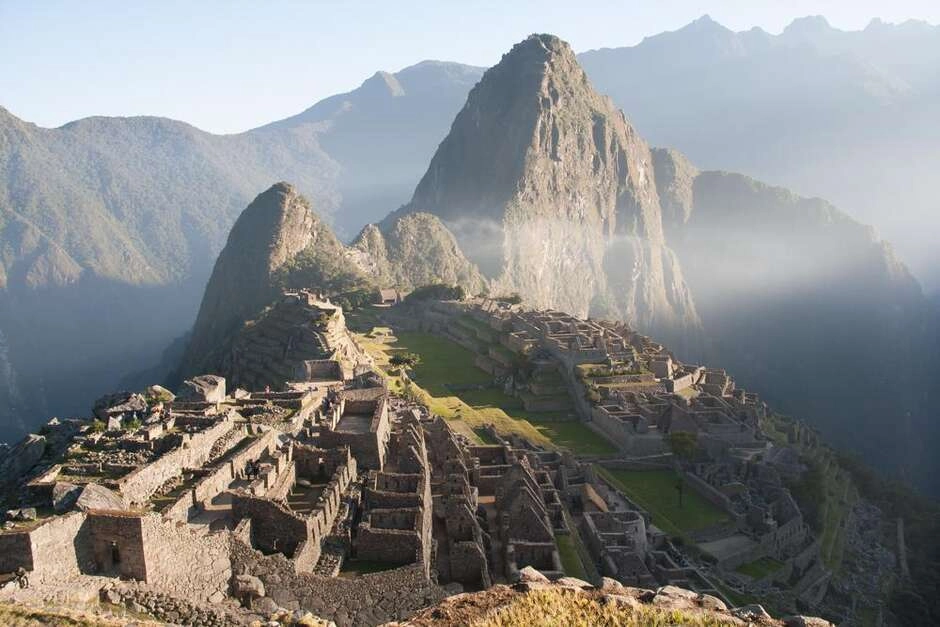Machu Picchu meets you not only by the grandeur of the ruins, but also by incredible panoramas, opening from various hills. This guide will help to capture the magic of the “forgotten city of Inca” at the best angles and get truly bright frames.
1. Preparation for high -altitude filming
- Equipment: Easy tripod, interchangeable lenses (wide -angle and telephoto object), spare batteries and memory cards.
- Clothes and shoes: Convenient trekking shoes with good clutch, windbreaker and sunscreen.
- Weather conditions: Early morning and late evening - a period of maximum contrast and soft light. Follow the forecast and plan the ascent in advance.
2. The best points for panoramic species
Each of the following routes gives a unique prospect for a complex system of terraces, areas and sacred structures.
- The top of Wine-Picchu. This steep rise rewards you with a view of the whole complex of Machu-picchu from above. From a high ridge, impressive shots of the “back side” of the mountain and a winding road leading to the gate are obtained.
- Mount Machu-Picchu. The walk is a little more calm than on Wine-Picchu, but a panorama opens not only on ruins, but also to the Urubamba Valley. A wide -angle lens will help to cover the entire color palette of local slopes.
- The gates of the Sun (Inti Punku). Hence the former ancient checkpoint, an exciting view of the main buildings of the city opens. The early rays of the sun, breaking through the mountain peaks, create a dramatic light.
- Ink bridge. Although the bridge itself is inaccessible for shooting, the path to it passes along the cut of terraces. From here you can capture step platforms and a valley in the twilight of the morning fog.
- The site at the monument to Kondor. The place is located near the main excavation zone. The bench at the cliff allows you to remove the complex in dynamics: visitors against the background of ancient walls add a scale to the frame.
3. Tips on technology and composition
- Golden hour: 30-60 minutes before and after sunrise/sunset. Use a long shutter speed to smooth out the movements of clouds and fog.
- Control light: Remove at diagonal angles to emphasize the terrace relief and create volume.
- Wide -angle shots: Ideal for coverage of the entire architecture of the complex. It is important to keep the horizon evenly!
- Telejective: They help out when shooting individual details: figures in niches, stone blocks with perfectly fitted seams.
- History in the frame: Capture not only landscapes, but also the reaction of tourists, guides with authentic costumes, caravans on the back of the background.
4. Photo daily on the time of day
The optimal strategy is to divide the day into three temporary segments to collect a series of expressive pictures.

- Morning (5: 00–8: 00). Moments of silence before the influx of tourists. The rays of the sun stain the cheekbones of the mountain slopes. Use a tripod and make a series of horizontal panoramas.
- Day (11: 00-14: 00). Contrast lighting. Remove the details of the architecture and textures of masonry. Use a polarization filter to saturate the sky and reduce glare.
- Evening (17: 00–19: 00). Soft light and long shadows. Focus on the silhouettes of ruins and mountain peaks, creating a romantic, almost mystical atmosphere.
5. Unusual angles and experiments
- Reflection in puddles: After the rain, examine the territory below terraces - there are small reservoirs that reflect the "heavenly city".
- Low angle: Squaring or putting the camera almost on the ground, you will receive dynamic personnel, where the foreground stands out against the background of the mountains.
- Silhouettes of tourists: Remove people on the edge of the review - this will add depths and liveliness to the personnel.
- Timelaps: Install the camera on the tripod at the main terraces and remove one frame every 10-15 seconds. The result is an exciting change in light and clouds.
6. Final recommendations
Navigation along ancient routes requires attention: slippery stones and narrow paths - not a reason to refuse to shoot, but it is worth acting carefully. Plan a photo shoot in advance, stock up on water and light snacks. Respect the places where rare representatives of the highland flora are still growing.
Machu-picchu from a height is not just a photo album, it is a live diary of your impressions. Try different angles, do not be afraid of experiments and return to classical points again and again: each visit will open a new vision of the “City of Clouds”.
We wish you good luck in your filming and unforgettable personnel full of spirit of ancient Incas!
